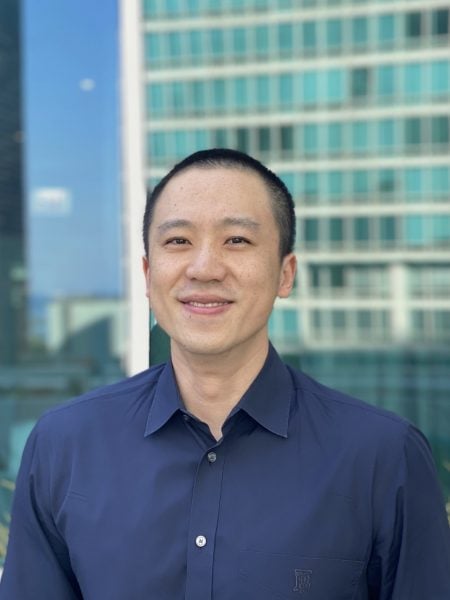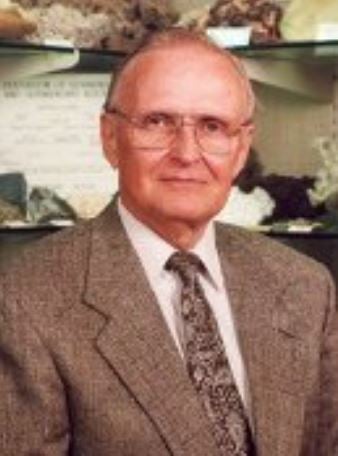The Society for Mining, Metallurgy & Exploration (SME) featured Michigan Tech in Part 3 of its series on U.S. mining engineering schools, published in the September 2024 issue of Mining Engineering Magazine, the society’s official publication. The profile spotlighted the mining-related degree programs Michigan Tech’s Department of Geological and Mining Engineering and Sciences (GMES) offered.
The article included Q&A sessions with Aleksey Smirnov, GMES professor and department chair; senior mining engineering student Alice Schmaltz; and recent graduates Emily Voght (B.S. Mining Engineering, 2022) and Jacob Maxon (B.S. Mining Engineering, 2023).
In his interview, Smirnov highlighted Michigan Tech as the only U.S. college to offer mining and geoscience-related programs within a single department. He emphasized the University’s proximity to active mining projects, hands-on learning opportunities in mine safety, critical minerals, and data analytics, and the strong industry connections that provide students with internships and job prospects.






















